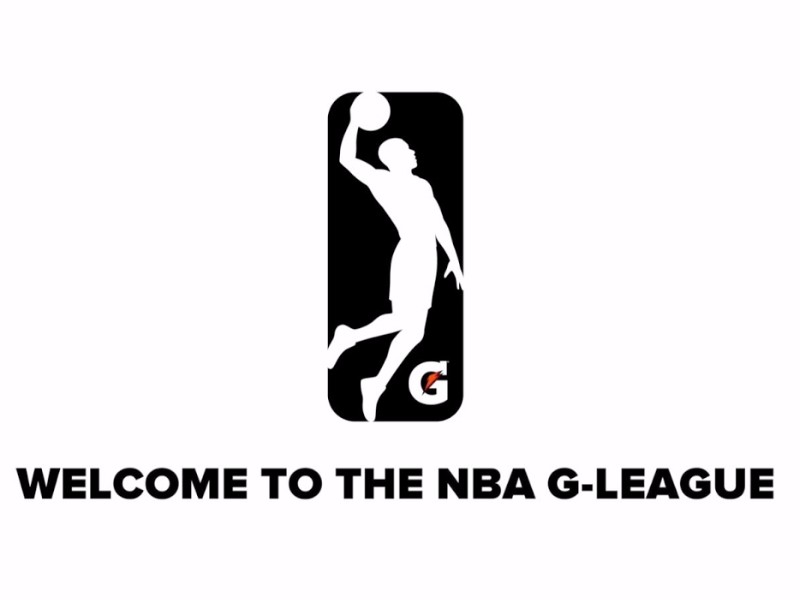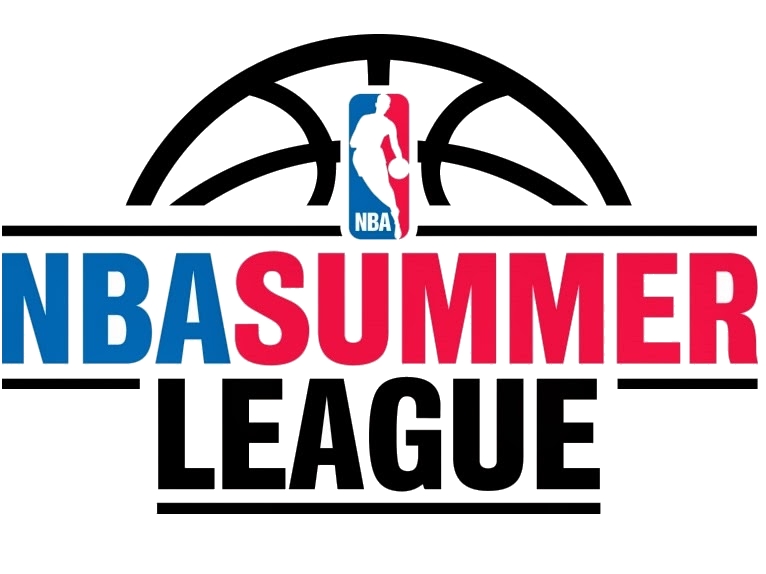The first season of the NBDL working as a full minor league system for the NBA was fairly successful, though some improvements to the system do need to be made. 29 NBA players were sent down to the D-League by 18 different NBA teams. In addition, 13 NBDL players were signed by NBA teams during the course of the season. This season, the league has expanded by the addition of both expansion teams and CBA teams. As the NBDL continues to grow, its success will be characterized by how well it functions as a product of the NBA.
Going into the season last year, NBA teams didn't know what to expect with the new minor league system. Minnesota became the first team to use the league by sending Bracey Wright and Dwayne Jones down to the Florida Flame. Wright was a 2^nd round pick, and Jones was an undrafted free agent signing, so you could say that their risk was minimized. There seemed to be a reluctance to send first round picks to the league for development. This trend changed after about a month, when more NBA coaches became more comfortable with how players were being developed. 5 former first round picks were sent down throughout the season, including Martell Webster, who was the 6^th overall pick in 2005. Once NBA teams became comfortable with the system, it became clear that the NBDL could be a real asset for player development.
Numerous players assigned to the Developmental League were successful upon being called back to the NBA. Gerald Green hadn't played a single NBA game in his first three months as a Boston Celtic, but displayed a lot of promise upon his return. He played over 20 minutes per game on 8 occasions after being called back up, and scored 14.75ppg in those games. Martell Webster also struggled with the Blazers early on in his first season, but after a 3 week stint with the Fort Worth Flyers, he played much better once being recalled, averaging nearly 14ppg on 46% shooting from the field during the last month of the season.
Despite the success of the D-League, there are a few hurdles left to clear. At this point, 12 NBDL teams have to be shared among 30 NBA teams. This means that 2 or 3 NBA teams share a D-league affiliate, with the exception of the LA Defenders, a team owned by the Los Angeles Lakers. With NBA teams sharing affiliates, it can lead to problems if too many players are assigned at the same position. Another problem that can arise is a difference in coaching philosophy between an NBA coach and NBDL coach; because at least 1 of the 2 or 3 NBA coaches will likely have different beliefs on player development. This problem will likely be solved in the future, as the D-League wants to expand to 30 teams.
NBDL coaches often face a challenge when it comes to how the players play the game. Since every player looks to impress NBA teams, a lot of players have the tendency to play selfishly, for the purpose of accumulating stats, which can be really difficult to watch. These problems were overcome by many teams last season, and as the league expands, it should make the NBDL a system more suited to teaching players to play a certain way. Hopefully next year, the crowds will follow, since last year's attendance records were nothing to write home about.
Another inherent conflict exists between the nature of the league as a Developmental league and the fact that it's still conducted competitively in a way that is intended for teams to attempt to win games. Should coaches sacrifice wins for the purpose of helping players improve on their biggest weaknesses? Or should they focus strictly on winning as many games as possible and in turn trying to help draw crowds to their struggling product? One complaint that many non-NBA players had last year was with the fact that there was an inherent bias by D-League coaches towards players that were sent down by NBA teams to compete with them for minutes. Many felt that these players were always going to be spoon-fed minutes regardless of their play, which meant less exposure and in turn less "development" for those unfortunate D-leaguers stuck in a spot where they already were being paid a paltry $12,000 before taxes. It makes perfect sense for the NBDL teams since their lifeline will always revolve around keeping their affiliates in the NBA content enough with them to continue to send down young studs, but without a viable base of players to choose from to round out the rest of the league, the competition won't be strong enough to even interest these NBA teams.
As we speak, NBDL teams are gearing up for the upcoming season. These past two weekends October 7th/8th and 14th/15th each NBDL team will hold open tryouts. Players who paid a small fee had the opportunity to try and impress the coaches enough to earn a contract. The other event is the D-League draft, which will occur on November 1st after final cuts are made throughout the NBA. The draft will consistent of 10 rounds, with the order of selection being reversed each round. To become eligible for the draft, players must sign a general contract with the league. It will then be up to the individual teams to pay the players based on one of three salary levels. In the coming weeks, I will be covering both events closely, as well as providing an overview of each D-League team and its NBA affiliates. The NBDL's draft order is as follow:
1. Anaheim Arsenal
2. Sioux Falls Skyforce
3. Colorado 14ers
4. Fort Worth Flyers
5. Dakota Wizards
6. Arkansas Rimrockers
7. Los Angeles D-Fenders
8. Tulsa 66ers
9. Idaho Stampede
10. Austin Toros
11. Bakersfield Jam
12. Albuquerque Thunderbirds
As always, up to date information on the D-league can be found at
http://www.nba.com/dleague/
NBDL Season Preview
Oct 17, 2006, 01:15 am
Read Next...
-
2017 NBA D-League Elite Mini-Camp Recap and Measurements Analysis
May 10, 2017, 03:39 pmThe 2017 NBA D-League Elite Minicamp wrapped up Tuesday afternoon. In our third straight year covering the event, we were able to learn more about some of the league's top talent watching them in competitive action and getting a unique mid-career look at their measurements and athletic testing results. -
Highs and Lows: Do Summer League PERs Matter?
Jul 18, 2016, 10:05 amEach July NBA executives, media members, and die-hard fans attend NBA Summer Leagues in Orlando, Utah, and Las Vegas to get their first look at the rookies drafted just weeks prior. But does that monster PER put up by your team's first round rookie actually mean anything, or are they empty numbers?
Recent articles
10.5
Points
2.4
Rebounds
2.3
Assists
15.7
PER
4.5
Points
7.5
Rebounds
0.4
Assists
14.3
PER





























Comments